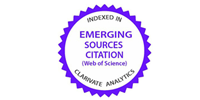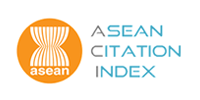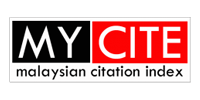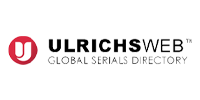Comparative Methods on The Upgrading of Fe Goethite Iron Ore
DOI:
https://doi.org/10.58915/ijneam.v17iDecember.1620Keywords:
Fe content, Goethite, Iron ore, Roasting, Shaking tableAbstract
Iron ore is one of the most vital supplies in the world after oil, and its demand has increased intensely in the last two decades. Goethite (α-FeO(OH)) is an iron oxyhydroxide containing ferric iron ore that exists abundantly in the earth's crust however, it consists of Fe with a low grade which makes it an unfavourable resource. Thus, Fe upgrading and economic consideration of such ore are crucial. The analysis result of the iron ore rock sample taken from Kelantan comprises 51.98% Fe, 4.01% Si, 1.99% Al, 0.0053% Mn, 0.0023% P, 0.6103% C and 0.0460% S. Yet, based on XRF and XRD results, the raw sample consists of 50.79% Fe and 60% of goethite minerals, respectively. The Fe upgrading processes used were the combination of two or three methods processes namely roasting, gravity, magnetic, and electrostatic separations. The methods were (1) spiral – double disc magnetic separator (DDMS), (2) shaking table (ST) – wet high-intensity magnetic separator (WHIMS), (3) ST – high tension separator (HTS), (4) roasting – WHIMS – ST, and (5) roasting – ST. The fifth method appeared to be the most effective and economical. The Fe was successfully upgraded to 60.52% (medium grade) with a recovery of 59.76%. Other elements were also slightly reduced such as 1.36% Si, 1.77% Al, 0.0050% Mn, 0.0021% P, 0.4809% C, and 0.0386% S.

















